Production Year 2011
 The Mark of Beauty | Basket Bags
The Mark of Beauty | Basket Bags
DC331110![]()
美の壷 | かごバッグ [NHK]
![]()
![]()
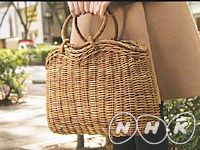
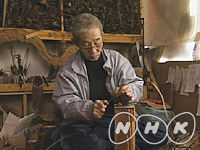
|Length : 29min. |Year : 2011 |
Basket bags are woven from plants. Many women love them because basket bags are not only charming but they can match any fashion style. In Japan these bags started out as implements for daily use, but they evolved in their own distinctive way. Deftly using the qualities of natural materials like the Akebia vine, grapevines, walnut tree bark, and so on, skilled craftsmen create bags with a rich expressiveness. And the more a basket bag is used, the more lustrous its surface becomes. We uncover the unique allure of these elegant bags of high craftsmanship.
 The Mark of Beauty | Kominka – Old Japanese Houses
The Mark of Beauty | Kominka – Old Japanese Houses
DC331111![]()
美の壷 | 東北の古民家 [NHK]
![]()
![]()
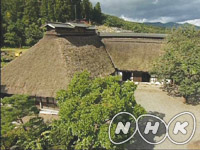
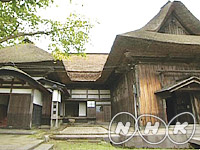
|Length : 29min. |Year : 2011 |
Many kominka or old Japanese houses remain in northeastern Japan, imbued with the climate and the history of the region. Their distinctive roofs, which look like samurai helmets, give the houses their compelling presence, and their richly rustic columns, some adorned with the masks of gods, give the rooms an almost mystical air. The program shows how a carpenter from the Kesen region is helping people to repair the damage to kominka caused by the March 2011 tsunami. And it introduces three key points about these kominka of northeastern Japan: unique roofs shaped by the climate, a striking column is the centerpiece of the Doma, and Kesen daiku Houses are Dynamic and Durable.
Disaster Area Record of Recovery Kamaishi : Indomitable People
DC371101![]()
釜石 不屈の人々 [NHK]
![]()
![]()
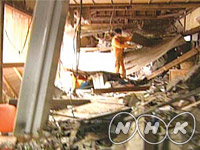
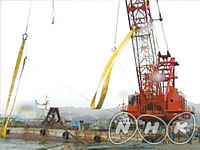
|Length : 34min. |Year : 2011 |
The city of Kamaishi is utterly devastated by the tsunami. Yet the head of an iron works factory is trying to rebuild his demolished factory and resume fixing ship engines to get the Kamaishi fishery business back on its feet as soon as possible. The owner of a ruined liquor shop is pinning his hopes on a temporary setup built in the park to reopen his business. An elderly couple have declined their son's invitation to live with him in the unharmed metropolitan area to try to revive their hometown sundries shop. The program follows the tough path to recovery for the people in Kamaishi's shopping street and factories over a period of nearly two months since the crew first met them at an evacuation center three days after the tsunami.
March 11, 2011 Tohoku Earthquake and Tsunami – No Matter How Many Years Go By…Do Not Forget –
DC371102![]()
幾歳経るとも要心あれ [IBC]
![]()
![]()
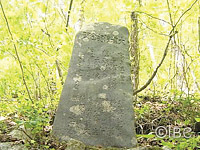
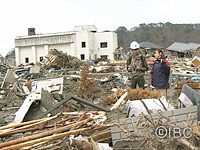
|Length : 54min. |Year : 2011 |
Residents of the Sanriku coast had supposedly had the world's highest level of awareness regarding tsunamis. So what exactly happened on the coast of Iwate Prefecture that day, and how did the people react?
At Kamaishi, a city of Iwate Prefecture in the Tohoku region, a cameraman rushed to the television station's coastal branch office and recorded images of his hometown being swallowed up by the tsunami. Many people in Iwate Prefecture lost their lives to the giant wave. The wall of water even reached the farthest inland areas where the ocean was out of sight. Some died despite evacuating just as they had been instructed in drills.
Meanwhile, a number of districts sustained relatively small damage though hit by the tsunami head-on. These were places where forerunners who had suffered countless losses from the frequent tsunamis had learned from their experience and moved communities to higher ground. Damage was kept to a minimum in these districts, where people followed their ancestors'warnings carved in stone.
Tsunami Disaster Heartache and Hope Through the Viewfinder – 49 days of Life and Death –
DC371103![]()
津波を撮ったカメラマン [KHB]
![]()
![]()
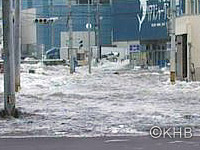
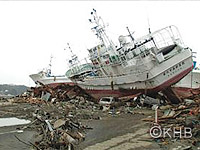
|Length : 24min. |Year : 2011 |
A local news cameraman shoots the huge tsunami engulfing Kesennuma, a city in Miyagi Prefecture and one of the major fishing ports of the Tohoku region. He seeks footing near the port with camera in hand and finger pressed to shutter as he backs his way up a flight of stairs to higher ground. The viewfinder, framed at the residents' eye level, fills with the terrifying sight of gushing black water. As the tsunami starts to recede, the cameraman hears calls for help from all over town. After a moment's hesitation, he sets his camera down and walks towards the voices.
The program follows the work of the news cameraman living in the fishing port devastated by the monstrous wave and, through his camera, presents the fury of the tsunami and the daily lives of the people in the afflicted area.














